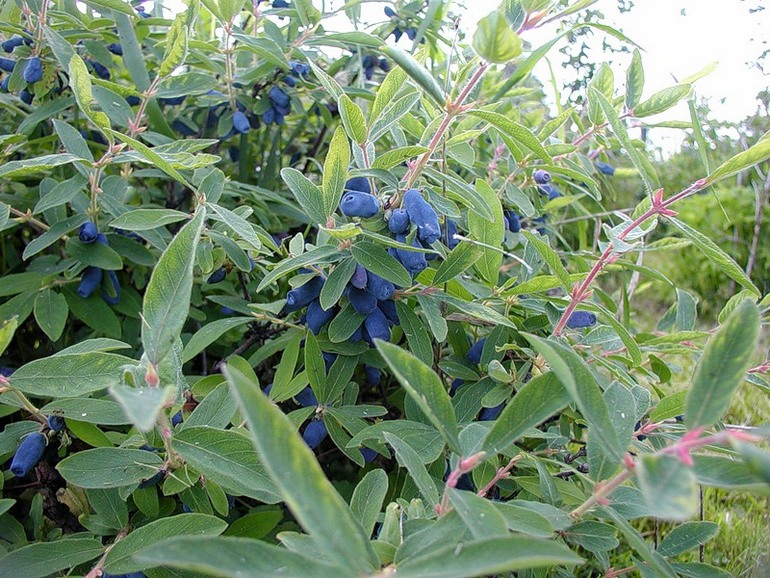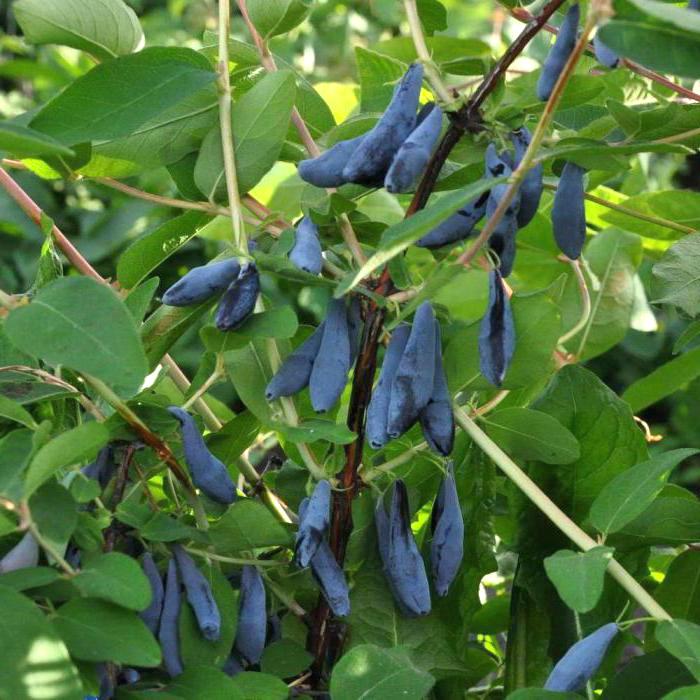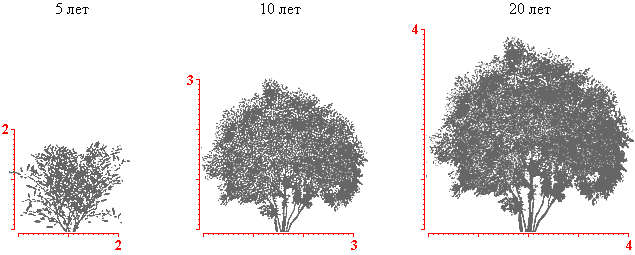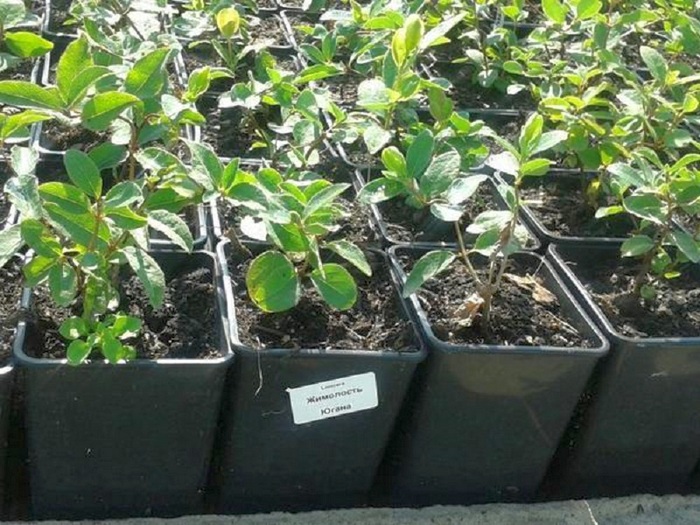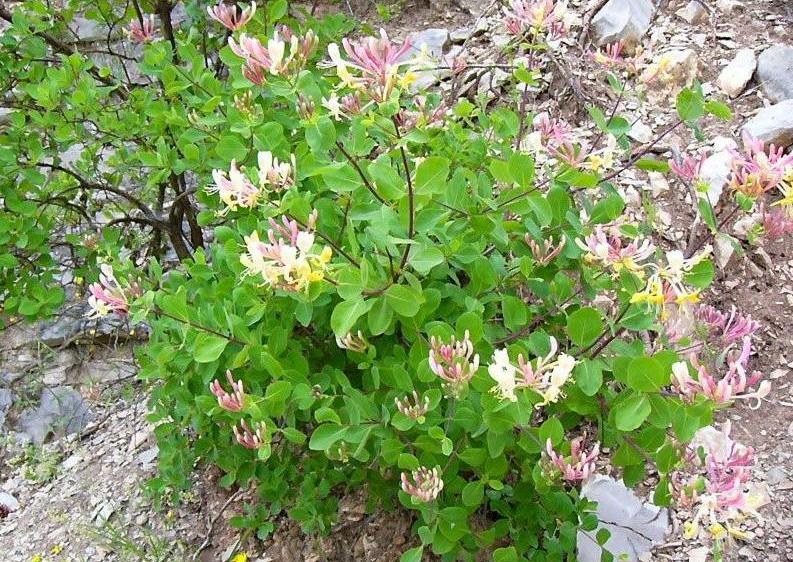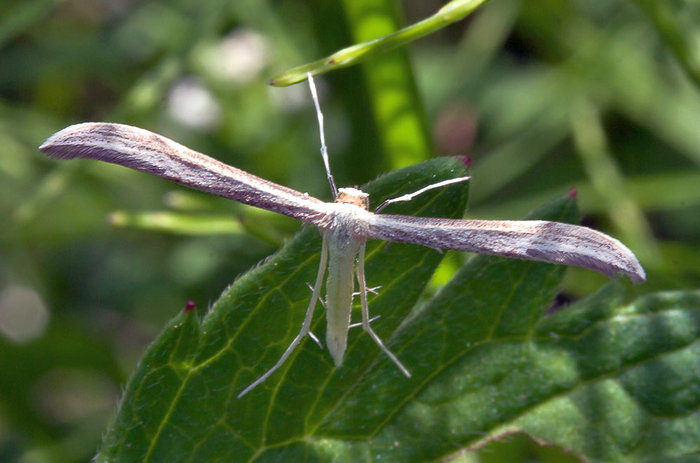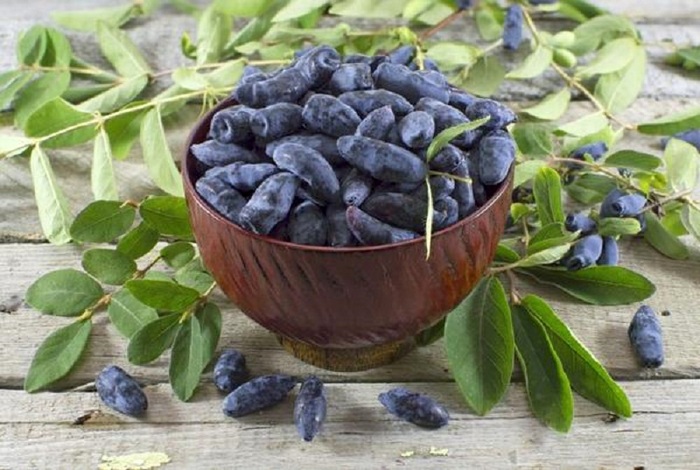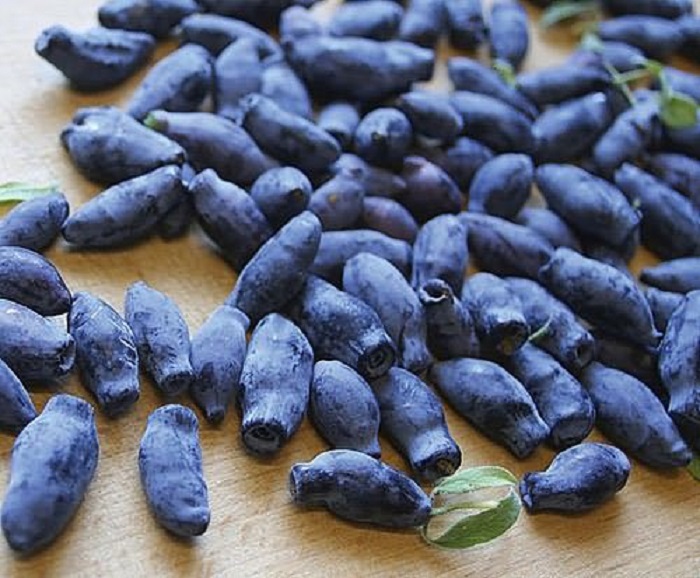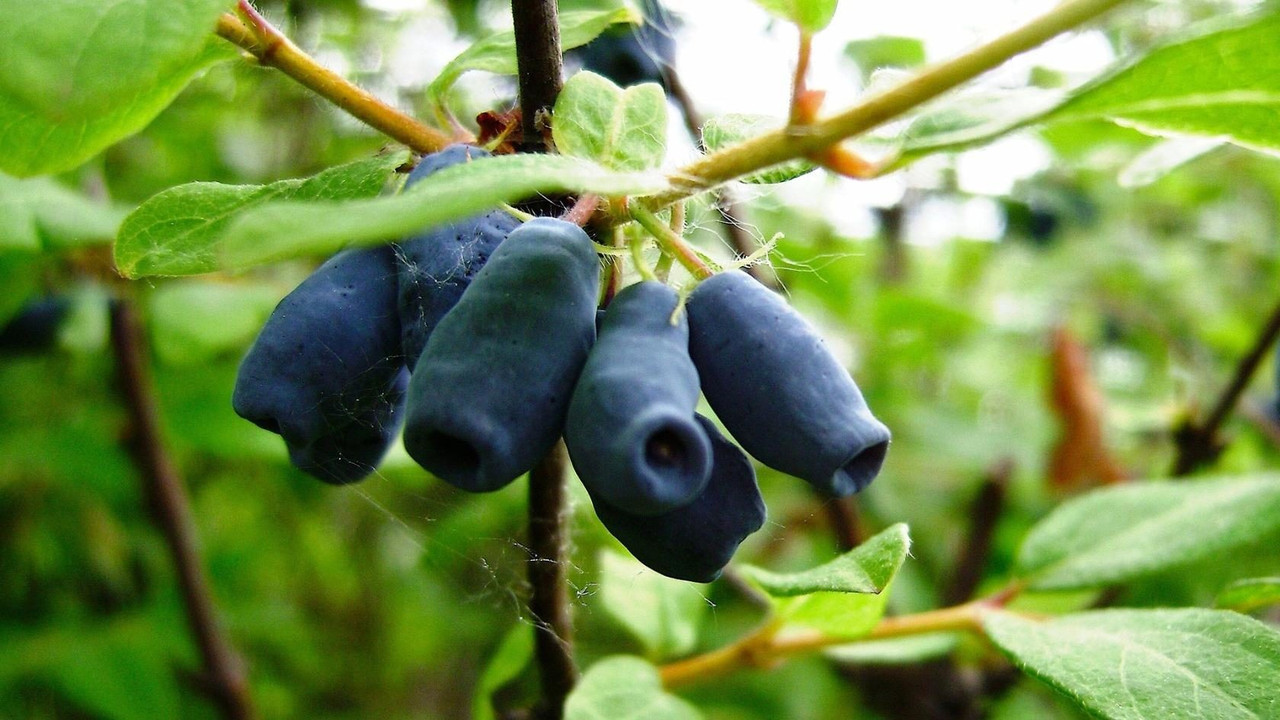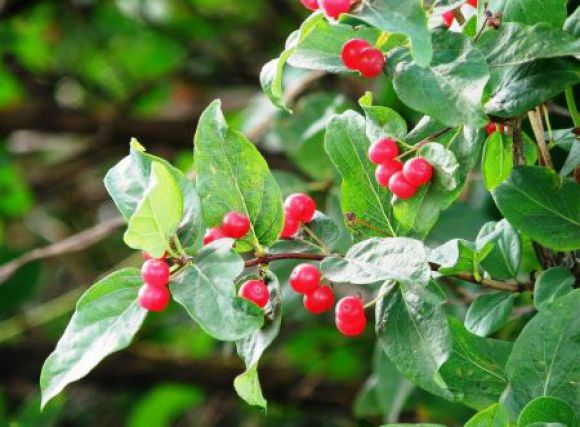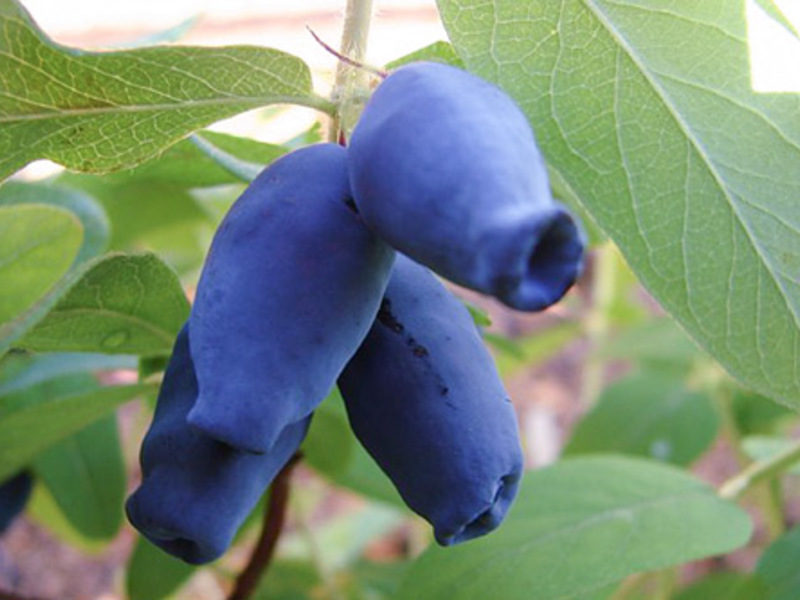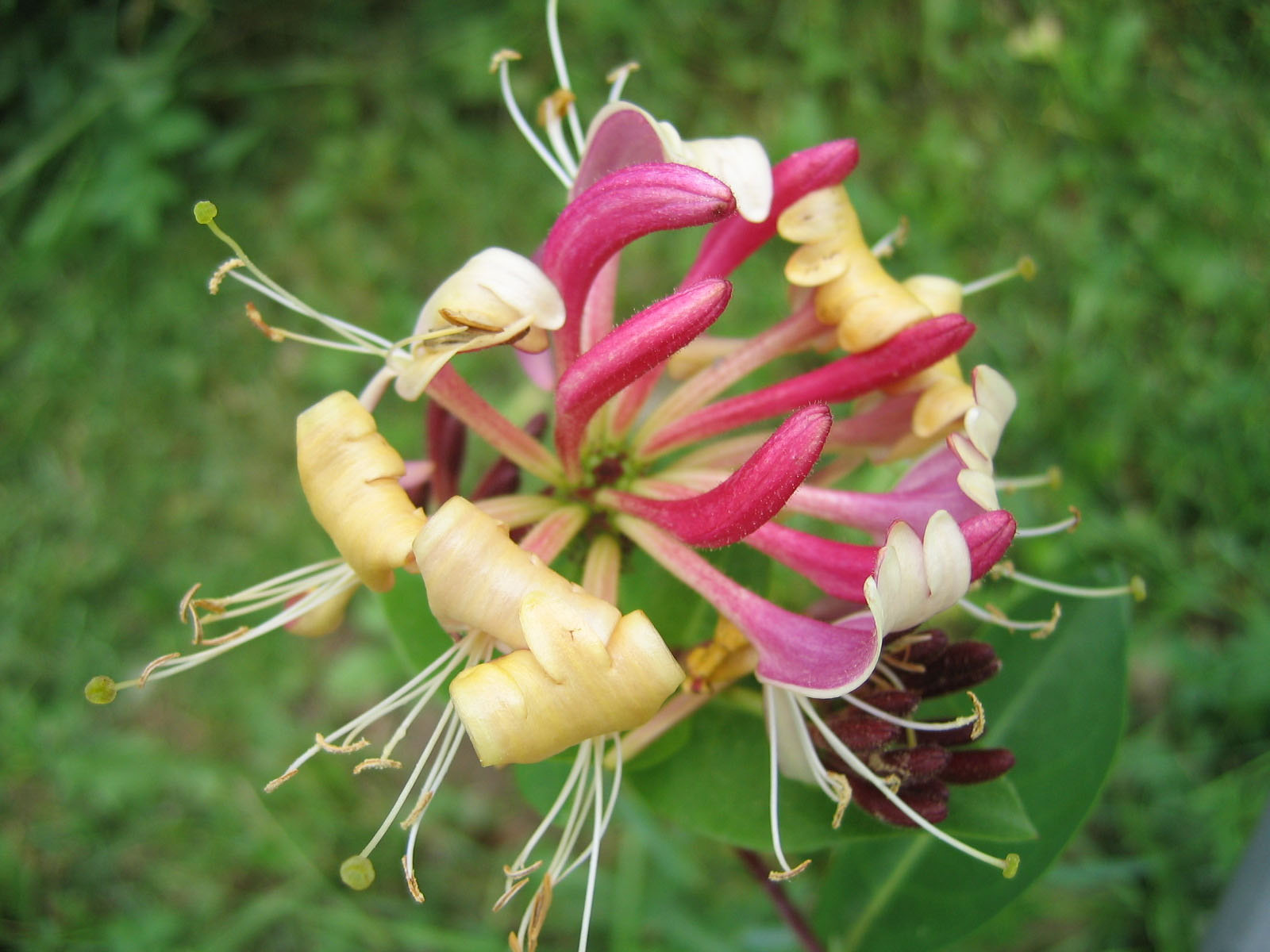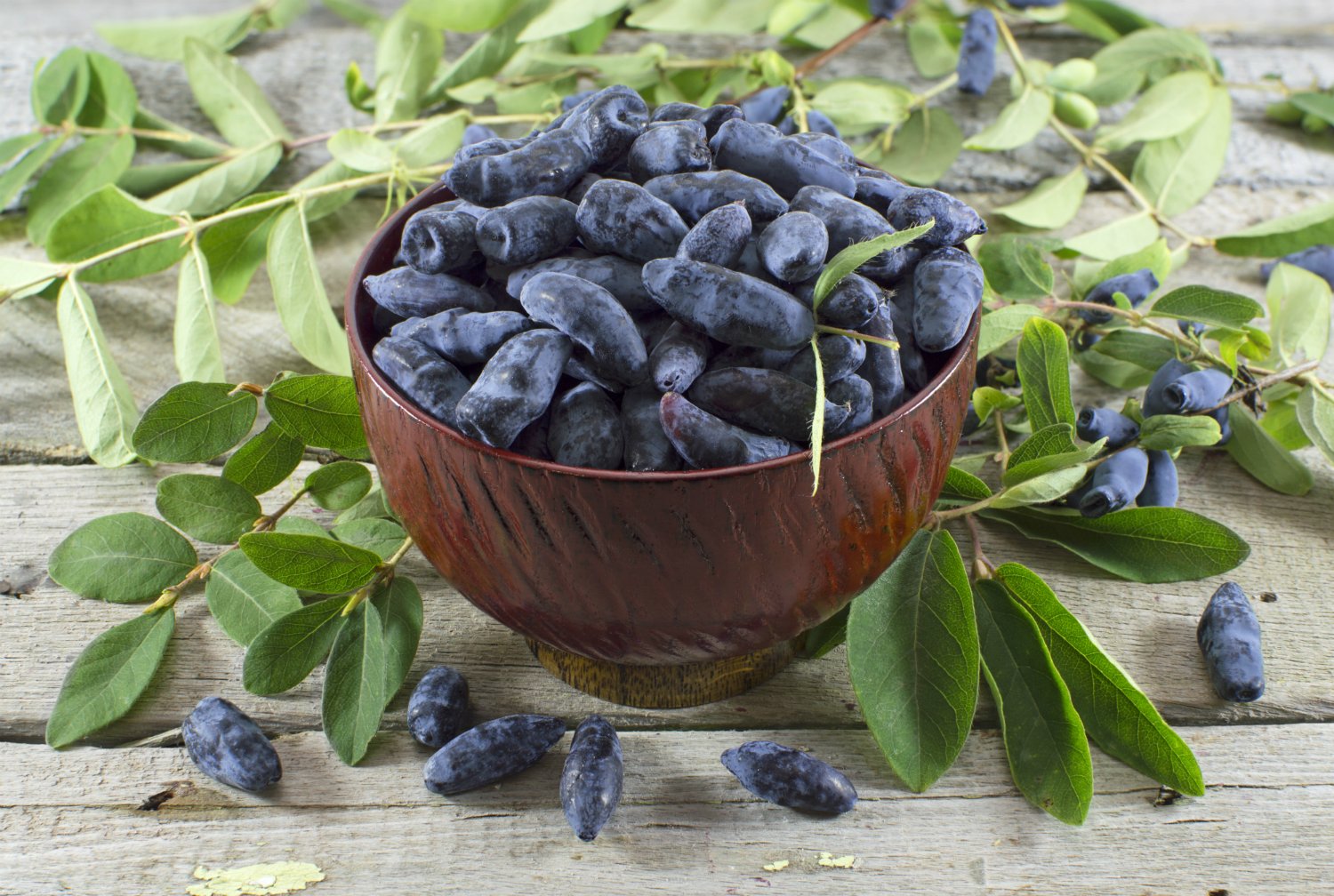Content:
Honeysuckle is very popular among gardeners living in the northern regions. The popularity is due to its good taste, as well as the composition rich in vitamins and nutrients. One of the most popular varieties of this plant is the edible honeysuckle "Silginka".
A bit of history
The history of the appearance of the Silginka honeysuckle variety is very simple and widespread. For the first time, this shrub began to be grown in the Tomsk region, since it was bred by researchers working in the Bakchar research nursery.
1978 is considered the official year of the plant's appearance. The resulting species is recognized as one of the first varieties of domesticated honeysuckle. It was created by crossing two varieties: Turchaninov and Roxana. The goal of the researchers and cultivars was to obtain a new plant that can withstand severe frosts and spring frosts, but at the same time produce a good tasty berry harvest. The breeders have achieved the full result. Description of the variety Silginka honeysuckle confirms this.
Variety characteristics
Silginka differs from other varieties in its taste. In some ways, the berry is similar to Kamchatka honeysuckle, it does not have the bitterness inherent in many varieties.
Features of berries:
- The color is blue;
- The shape is elongated with a slight waxy coating;
- Sweet taste with pleasant aroma;
- Each berry weighs 1.4-2 grams;
- Productivity from one bush - up to 3 kg per season.
The plant is represented by a bush up to 2.5 meters high. The small leaves are oval in shape with a bright green color.
The harvest ripens early enough, the first ripe berries appear in the month of May. The disadvantage of the variety is its low transportability, since in ripe form the berries are very soft and do not tolerate transportation well. It is allowed to store the harvested crop only in a dark, cool place and no more than a month.
Another feature of the variety is that after ripening, the berries do not fall off the branches, but remain to wait for the owner, who can harvest almost the entire ripe crop at one time.
Pollinators play an important role for the plant. To get a good harvest, you need to take care of attracting the appropriate insects. The easiest way to do this is by placing flowering fragrant plants near the plantings with honeysuckle. Cross-pollination will not hurt either, so it is advisable to plant several bushes of another variety of honeysuckle nearby. Bocharsky giant honeysuckle is considered an ideal option.
Application area
The honeysuckle berry "Silginka" has found wide application not only in cooking. Their nutritional benefits are not disputed. Due to its composition, many folk recipes are based on their use. The fruit contains many vitamins and microelements useful for the human body:
- Vitamins of group A, B, C;
- Potassium;
- Phosphorus;
- Iodine;
- Magnesium;
- Organic acids;
- Copper and others.
As already noted, berries are often used in traditional medicine recipes:
- help to strengthen the immune system;
- increase the body's overall ability to resist infections and bacteria;
- have an increased choleretic effect;
- improve blood circulation;
- increase the strength of the walls of blood vessels;
- cope with headaches;
- normalize the work of the gastrointestinal tract;
- help to strengthen the muscular system;
- remove salts and heavy metals from the body;
- stabilize pressure.
Growing features
Silginka can be grown in private farms, and can be used for industrial breeding. In addition to its high resistance to low temperatures, the plant tolerates heat well, but it is important at such moments to ensure sufficient moisture intake.
Differs in rapid vigorous growth. Three or four years after planting, you can get a well-fruiting adult plant. Good illumination is an important condition for the successful growth of the bush. Lack of sufficient light can affect the palatability and volume of the crop.
Soil preparation
Honeysuckle Kamchatka Silginka is not demanding on the soil. Bushes can grow with equal success on sandy soils or loam. It is important that the selected area is well lit and protected from drafts and wind.
A planting hole is dug to a depth of at least 40 cm and a width of 60 cm. For each new bush, you must first add a glass of wood ash and a bucket of humus or compost. After planting, the near-stem interval is mulched with peat.
Landing
The most important step in growing this plant is the actual planting. You can grow a representative of the Silginka honeysuckle variety by sowing seeds or planting ready-made seedlings. Naturally, purchasing ready-made seedlings in a specialized store is the most proven option. Seeds can be taken from any ripe berry, but you should be prepared that this method is very laborious and long. It will take years to wait for the first harvest.
So, you can propagate a plant in several ways:
- Cuttings... For such purposes, annual shoots that have retained their green color are suitable. The branch is not cut, but broken off right from the heel. Then placed in a greenhouse (you can use a plastic bottle);
- Layers... A branch of an adult plant is buried near the bush without cutting. Rooting takes place, the next year the bush can be transferred to a new place;
- Seeds... As noted, this is a laborious and time consuming option. After separation, the seeds are harvested for a month in the refrigerator, then sown in plastic containers and buried under the snow. After germination, in the spring, care is taken as for ordinary seedlings;
- Splitting the bush... The honeysuckle bush is dug out completely, after which it is carefully divided into the required number of parts.
Watering and weeding
The Silginka Honeysuckle variety is distinguished by its love of moisture, so regular watering is required. But at the same time, it is not permissible to allow stagnation of water - the root system may begin to rot. Watering is best done after sunset to prevent an airtight crust from forming on the surface.
The plant is not averse to spraying procedures. The leaves are straightened, and more buds are formed on the shoots.
An important feature of honeysuckle bushes is the close location of the roots to the surface. Weeding and loosening are carried out very carefully, without driving the gardening tool deeply.It is important to timely remove weeds that can take nutrients from the bush, affecting growth and yield.
The plant itself forms a crown of the correct shape, so it is often not worth cutting. Regularly, you just need to remove old dry branches that interfere with the formation of new shoots.
Top dressing
Fertilization is carried out annually. Moreover, in different periods of plant growth, different options for nutritional compositions are required:
- During the period of swelling of the buds, the introduction of nitrogen compounds is recommended, which contributes to the abundant and correct formation of buds;
- During the period of active growth and flowering, it is necessary to carry out top dressing with organic compounds, where phosphorus and potassium must be present;
- The final top dressing is carried out after harvesting with organic fertilizers to prepare the bush for winter.
Diseases and pests
A feature of Silgink's honeysuckle is its increased resistance to various bacterial and fungal infections. Such diseases are extremely rare, which cannot be said about insect damage.
Among the most common pests, it should be noted:
- Honeysuckle pollen, which drinks juice from foliage, and also feeds on fruits;
- Aphid;
- Weevil.
If representatives of these insects are seen on the site, then you should certainly deal with their elimination. The drug "Decis" has proven itself as an excellent means for fighting insects. Two milliliters of the product are added to 10 liters of water and processed.
Advantages and disadvantages of the variety
Among the main characteristics that distinguish the Silginka honeysuckle variety among other plant varieties, it should be noted:
- High productivity;
- Early ripening of fruits;
- Pleasant taste and aroma;
- Juicy fruit pulp;
- Frost and low temperature tolerance;
- Frequent haircuts are not required;
- The bush is unpretentious to care for;
- Versatility of application.
Honeysuckle of this variety has no major disadvantages. Not a single gardener who chose Silginka for his site complained. A small disadvantage is the low transportability of berries - it is very difficult to transport them fresh over long distances.
As you can see, Silginka honeysuckle is a versatile shrub that copes well with harsh winters and does not require complex maintenance. A little attention from the owner, as well as enough light, will help you get a great harvest every season.
